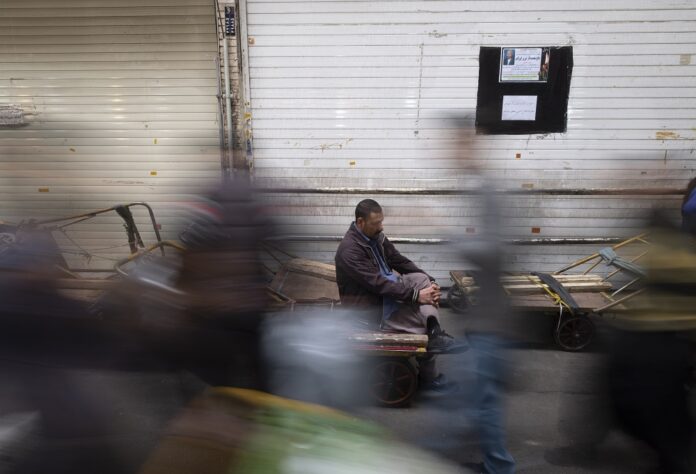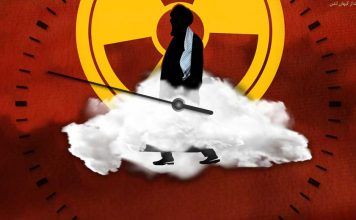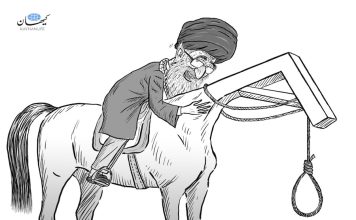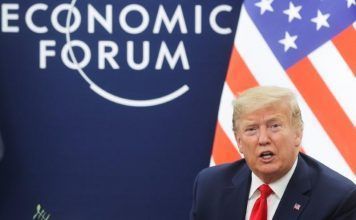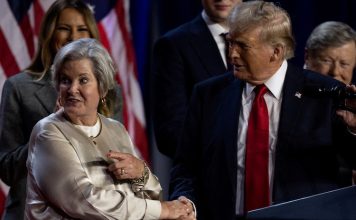DUBAI, Jan 11 (Reuters) – Iranian President Ebrahim Raisi presented a substantially enlarged state budget to parliament on Wednesday, vowing to bring down inflation and boost growth to lift an economy hit by U.S. sanctions.
State media gave the value of the draft budget at about 21,640 trillion rials (slightly over $53 bln at the free market rate) for the next Iranian year which starts on March 21, 2023.
The new budget is about 40% bigger than the current budget in local currency.
“We aim for economic growth … creation of more jobs … and dropping the inflation,” Raisi told parliament, presenting the draft budget based on 1.4 million barrel per day in oil exports despite continued U.S. sanctions, according to the semi-official Fars news agency.
Iran Is Experiencing Large-Scale Capital Flight, Expert Says
Lawmaker Malek Shariati-Niasar said in a tweet that Iran‘s budget could be based on an oil price of $80 a barrel.
With deepening economic misery, largely because of U.S. sanctions over Tehran’s disputed nuclear work, many Iranians are feeling the pain of galloping inflation and rising joblessness.
Inflation has soared to over 50%, the highest level in decades. Youth unemployment remains high with over 50% of Iranians being pushed below the poverty line, according to reports by Iran‘s Statistics Center.
Iran Executions Amount to ‘State Sanctioned Killing’: UN Rights Chief
The United States reimposed sanctions, crippling Iran‘s economy by driving down crude sales, the Islamic Republic’s main source of revenue, after Washington withdrew in 2018 from the nuclear pact. Indirect talks between Tehran and Washington have stalled since September.
The draft budget has to be passed by parliament and approved by a clerical body that vets legislation before it becomes law.
($1=408,000 rials at the free market rate)
(Writing by Parisa Hafezi; Editing by Toby Chopra)

